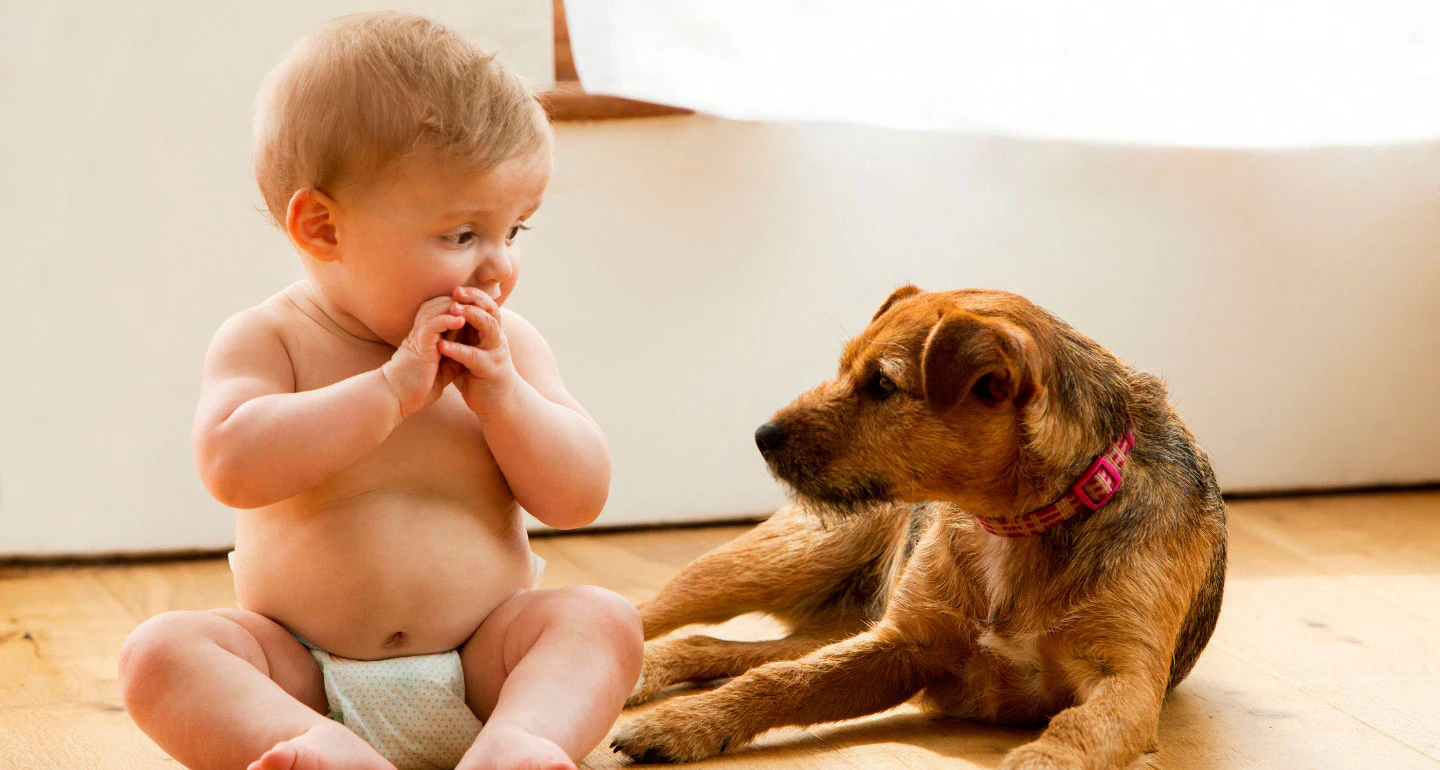The sight of a child cuddling a furry friend warms the heart, but did you know it also strengthens their gut?
Research has revealed that pets in the household can profoundly impact a child’s gutmicrobiota, which in turn helps protect them from allergies.
Children who grow up in homes with pets – particularly dogs and cats – have a greater diversity of gut microbes compared to those without.
This diversity is key because early exposure to a variety of microbes teaches the immune system to distinguish between harmful and harmless substances, reducing the likelihood of allergic reactions (Nermes et al., 2015).
Interestingly, the microbiota of pet-owning families shares common features with that of children raised on farms.
Both environments introduce children to a broad spectrum of microorganisms, promoting immune tolerance and reducing risks of asthma and eczema (Ljung et al., 2024).
As a parent, don’t fear the dirt. Exposure to the microbes brought in by pets can be beneficial.
Interaction with animals in natural settings further diversifies gut microbiota.
Childhood is the perfect time to build a strong foundation for a lifetime of health.
Pets not only bring joy but also play an unexpected role in shaping a child’s immune resilience.
References:
Nermes, M., et al. (2015). Furry pets modulate gut microbiota composition in infants at risk for allergic disease. The Journal of Allergy and Clinical Immunology, 136(6), 1688–1690.e1.
Ljung, A., et al. (2024). Gut microbiota markers in early childhood are linked to farm living, pets in household and allergy. PLOS ONE, 19(11), e0313078.

